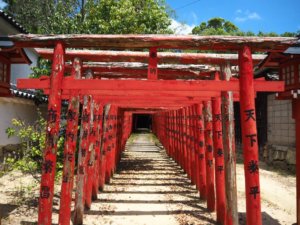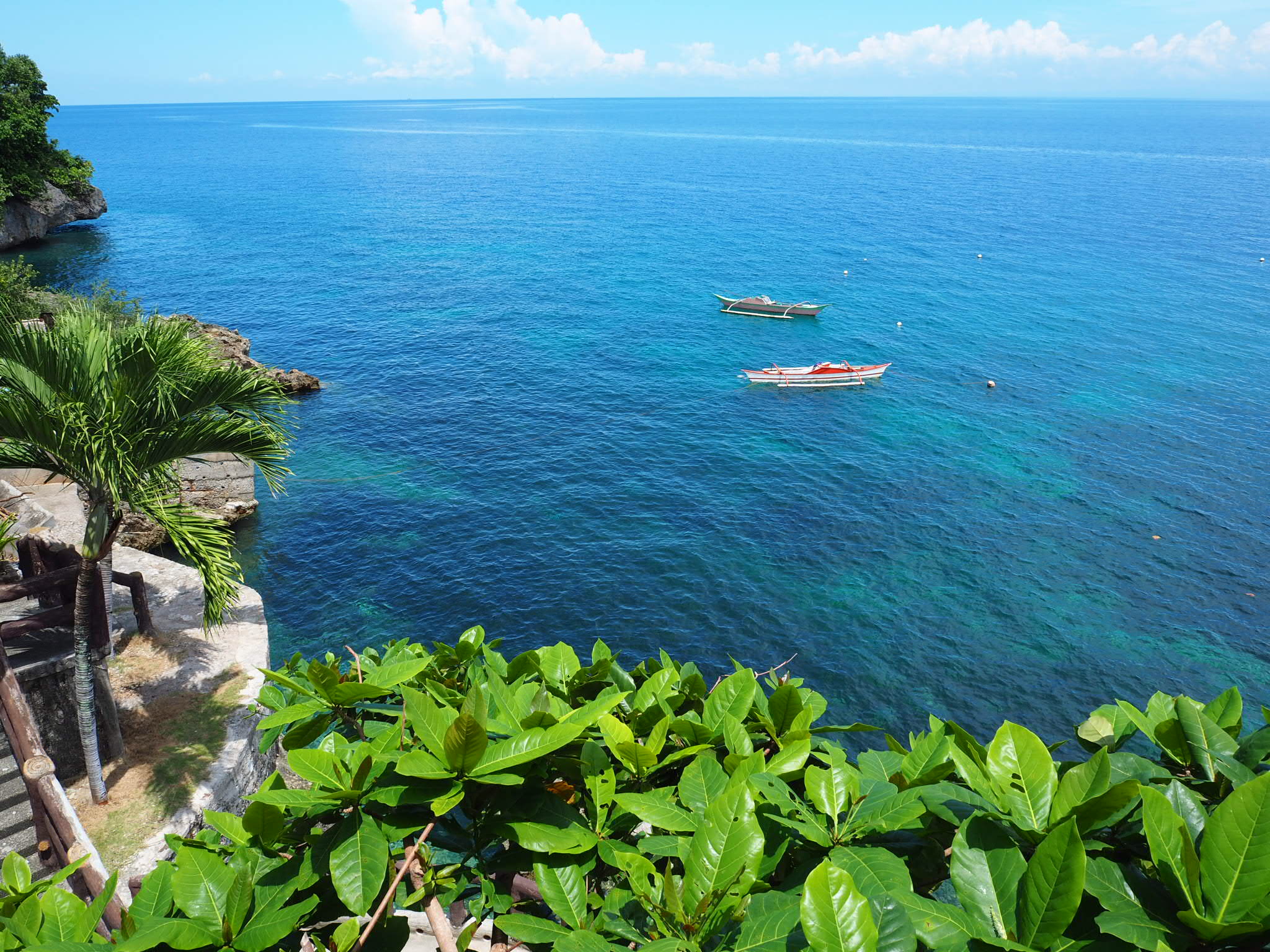The smallest and least visited of Japan’s 4 main islands, Shikoku is home to spectacular scenery and gorgeous temples. We visited as part of a 1 month trip to Japan where we also visited Kyushu, Tokyo, Nikko and Kamakura. With this 1 week Shikoku itinerary, you will see a decent chunk of the eastern portion of the island, however for western Shikoku you would need at least another week.
A point to bear in mind for Shikoku is that you really need to hire a car to get the most out of this beautiful island. A JR pass can get around the main cities like Tokushima, Takamatsu, Matsuyama and Kochi. However travel to more rural areas, such as the Iya valley is very tricky.
We have an article on renting a car in Shikoku, as well as articles on renting a car in Kyushu and Hokkaido. We used the Japanese company ToCoo to rent our car. Check out the deals and what they offer here! Alternatively, head over to our guide on renting a car in Shikoku for more detailed information.
Shikoku’s mountainous interior can make journeys slow, but spectacular. Journeys are likely to take much longer than you anticipate!
With a 1 week Shikoku itinerary you will have to make some tough choices. There will be parts of the island you will have to miss out. We took in the best of the eastern side of the island missing out on Matsuyma and the southwest coastline, which is supposed to be spectacular.
1 Week Shikoku Itinerary
Most likely you will be coming from another area of Japan. Both JAL and ANA have some fantastic internal deals that are well worth checking out. We have an article on making your money go further in Japan which provides some more information on this and other money-saving tips.
We flew into Tokushima on the eastern side of the island and did a loop around the eastern portion of the island.
Day 1 – Iya Valley
After picking up your hire car from Takamatsu head straight for the spectacular Iya Valley. Accommodation in this part of Japan can be hard to come by at an affordable price. We were there in July and ended up staying in a boarding school which offered incredible views over parts of the valley.
The journey from Takamatsu is a long one, so your time may be limited when you arrive. It could be worth checking out the peeing boy and a couple of other viewpoints as the sun sets.
Do be aware that restaurants close early in this part of Japan so you will need to get to a restaurant before 7 pm.
The roads in some parts of the Iya Valley are incredibly narrow, especially the roads that go up into the hills that surround the valley itself. In many cases these roads are a single lane at times, making it rather challenging to pass somebody coming the other way. We certainly had a few nerve-wracking moments getting past other cars on steep single lane roads in the middle of a tropical storm.
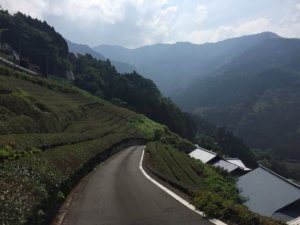
Day 2 – Iya Valley
There is quite a lot to do in the Iya Valley, from gorgeous bridges to some really epic hiking trails. Sadly our time was limited, so we checked out some of the sights in the valley rather than doing any of the longer hiking trails.
The deeper you go into the valley the more isolated you will be. At one point we didn’t see another car for a couple of hours. Even in Hokkaido, we were never quite this isolated.
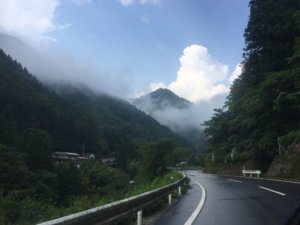
The Iya valley is also home to the quirky (or creepy depending on your taste) village of Nagoro. The village’s population has shrunk due to residents leaving. They have been replaced by knitted dolls. Whilst being on the bizarre side, at the same time, it is so wonderfully Japanese.
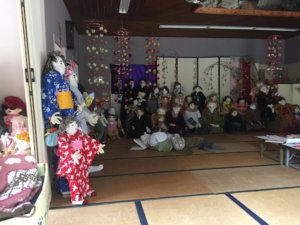
We stayed in an school that was turned into a guesthouse over the summer. Whilst very strange we were afforded some stunning views of the valley, especially during sunrise.
The Iya Valley is simply stunning, and we wish we had longer than we did.
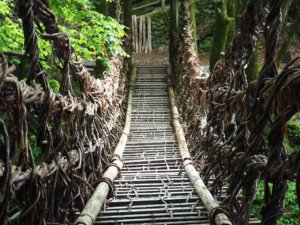
Day 3 – Muroto and the south coast
After a long drive out from the Iya Valley head south until you hit the coast and just keep on going stopping in at a number of temples on the way.
Shikoku is well know for it’s 88 temple pilgrimage, so as a result there are numerous spectacular temples across the island. Around Murato are temples 24, 25 and 26, Hotsumisaki-ji, Shinsho-ji and Kongocho-ji. The first of these, Hotsumisaki-ji is particularly stunning, owing to it’s position at the end of a long, wide peninsula. Consequently there is also the chance to visit the Murotozaki Lighthouse and various other viewpoints in the area.
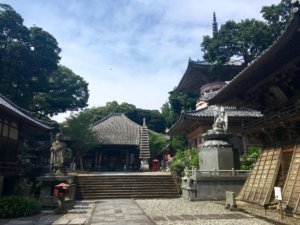
The coastal scenery along this route is very pretty, and certainly a change from the Iya Valley.
We arrived in Kochi quite late, where we had be fortunate enough to find a wonderful onsen hotel and a phenomenal Yakiniku restaurant close by.
Day 4 – Kochi
Kochi is famous for having one of the 12 original surviving castles of Japan. The castle has good public transport access and is probably one of the quietest of the 12 castles, in fact during our visit we were one of one a handful of people.
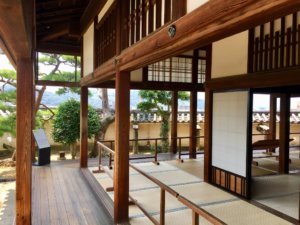
From Kochi we drove north for the city of Takamatsu, famous for gardens, art and sunsets.
Day 5 – Takamatsu
We stayed at hotel whose reception area was a shop that wouldn’t look out of place in Hong Kong; compact, chaotic and stocking almost everything you could think of.
We spent a good chunk of the day around the Ritsurin Gardens which are absolutely stunning. The rest of the afternoon was spent wandering around Takamatsu and planning our trip to Teshima the next day.
We headed to a small peninsula named Yashima to watch the sunset which was absolutely spectacular.
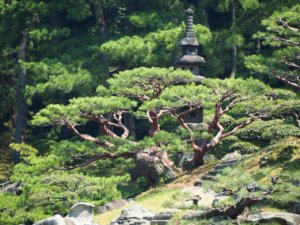
Day 6 – Teshima
The most well known of Japan’s art island is Naoshima, famous for the large yellow and black spotted pear. However we decided to escape the likely crowds a head over to the gorgeous island of Teshima, which as well as being full of excellent art exhibitions is home to some gorgeous walking and cycling routes.
You will need to book your ferry there and back, and once on the island you can choose a bus ticket, bike hire or a combo of the two which is what we chose. We took the bus to Teshima Art Museum from the ferry terminal, and from there wandered down to the nearby harbour to hire a bike.
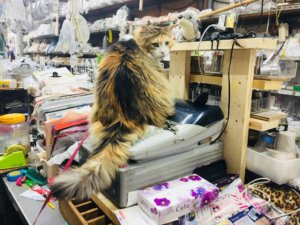
Day 7 – Naruto Pools and back to Tokushima
We took a leisurely drive back to Tokushima getting the car back with an hour to spare. En route we stopped at a couple of empty temples before checking out the Naruto Whirlpools. In Japan this is one of Shikoku’s most we known sites and as a result was probably the busiest place we’d visited.
We then spent the evening eating far too much before retiring to bed before an early flight to Tokyo.
